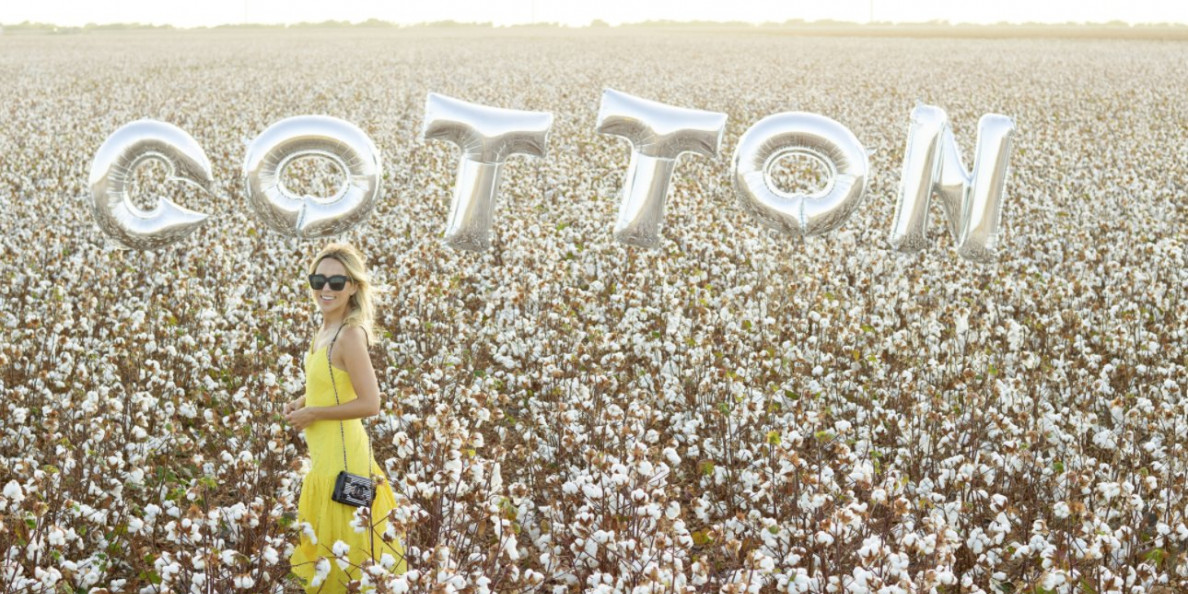The USDA giveth and the USDA taketh away. The August WASDE report issued last Friday lacked the bullishness of the previous month’s report when we saw it produce a limit-up move in the market.
Instead, U.S. production this month was raised from 18.5 million bales to 19.2 million bales. USDA expects near-record yields in the Midsouth and Southeast to offset abandonment losses in the Southwest.
The former we certainly agree with, as grower upon grower has said that this crop may be their best ever. However, we do question the latter as USDA has West Texas harvestable acres only down 123,000 from last year. We feel this doesn’t fully account for all the acres taken out and it may be next month before a more accurate account of abandonment is reflected in their numbers.
Otherwise, when combined with world supply/demand numbers, there was really nothing bearish about this report at all.
Although some spec liquidation did occur, current demand tempered their actions, with the market losing 203 points to close the week at 85.23. In its absence, one would have expected a limit down day. Monday, nonetheless, delivered another triple digit loss, which told us there is another, if not stronger, market influence at play here.
The Turkish Influence
Much of the blame falls on the Turkish currency, the Lira, which has become greatly devalued versus the U.S. dollar and the Euro declining 18 percent on Friday alone. This has seriously shaken financial markets in both Europe and the U.S.
More importantly, Turkey is a major exporter of cotton products and importer of U.S. raw cotton, buying nearly 2 million bales from us last year. In a demand-driven market, such economic uncertainty can quickly erode confidence.
A stalemate between spec longs looking for higher prices and trade shorts hoping for the opposite has kept the market range bound for weeks. The question has been who would be the first to flinch?
This week saw the specs blink, brought on by the troubles in Turkey and fear it could contagiously spread to Far East countries. The last time demand was threatened – when Chinese trade tariffs were implemented – the market fell to 81 cents. We are fast approaching this level, with prices trading yesterday as low as 82.43. This will be a key support level to hold if we hope to springboard to higher prices.
More Demand Than Production?
With cotton now competitive with man-made fibers in both price and consumer sentiment, we believe demand will remain strong, favorably influencing this market. The economic woes in Turkey have been brought on by a President flexing muscle to expand his power. Hopefully, this can be contained before adversely affecting neighboring countries and others relying on Turkish trade.
USDA still estimates the world will consume 127 million bales, the highest use rate since 2011-2012. U.S. export sales commitments, now at over 7 million bales, is three times the pace of last year. Despite a domestic crop that appears to be increasing – but not yet in bagging and ties – the world will once again consume more cotton than it will produce.
Look for prices to settle into a slightly lower trading range, awaiting a truer indication of crop size and demand strength.


